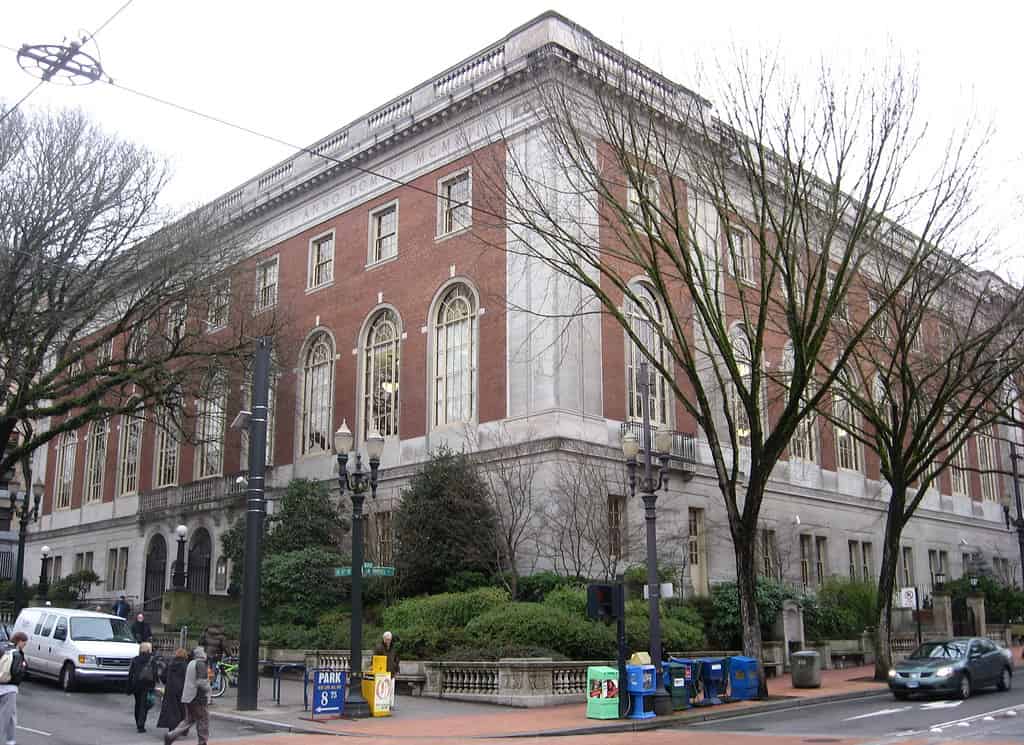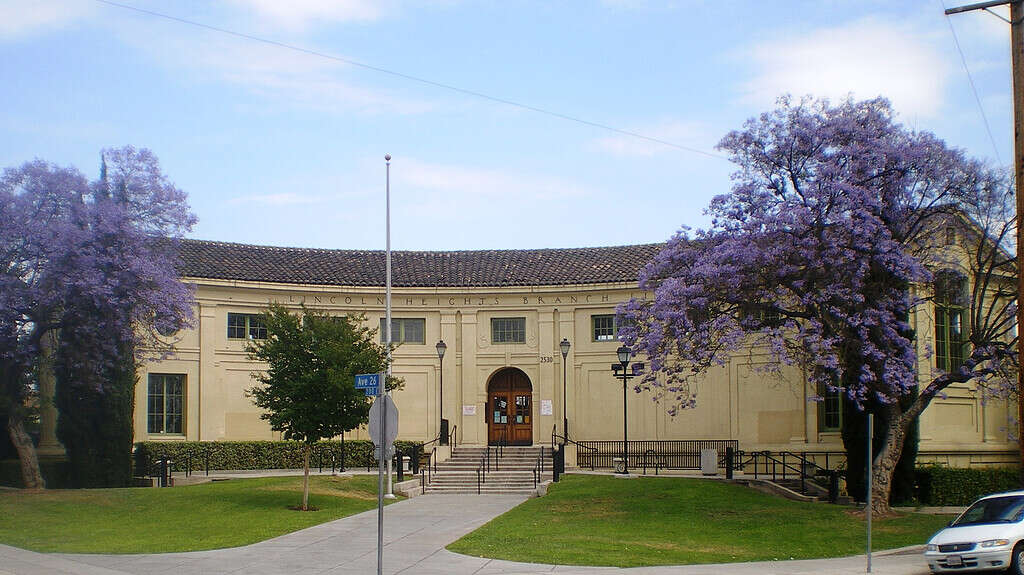
The United States is home to an astounding 117,341 libraries, encompassing academic, school, and public institutions. Amid this vast array, discerning the largest libraries can be a formidable task. Our focus here zeroes in on libraries distinguished not by their physical expanse or architectural grandeur but by the sheer volume of circulation. This metric serves as a testament to their integral role in community engagement and information dissemination. Join us as we unveil the seven titans of the U.S. library system, measured by the breadth of their circulation.

At the pinnacle of this list stands the New York Public Library, a beacon of knowledge that extends its services to approximately 3.5 million patrons. With a staggering circulation count of 22,665,133 in 2016, it’s not just the most frequented but also boasts the largest collection, housing over 25 million items. The library’s significance is further underscored by its inclusion in the ALA’s top 25 public libraries by visitation, having welcomed over 17.4 million guests in the same year. Founded on May 23, 1895, the New York Public Library, with its 92 branches, remains a cornerstone of public service and intellectual enrichment.

Trailing closely is the Public Library of Cincinnati and Hamilton County, marking its presence with a circulation of 21.6 million. This Ohio-based library not only captivates with its historical establishment dating back to March 14, 1853, but also with its substantial visitor count of 6.1 million, ranking it 15th nationwide. Its expansive collection of 11.7 million items secures its position as the second-largest in terms of holdings, serving the needs of over 800,000 residents.

The King County Library System in Washington claims the third spot with a circulation of 20.7 million. Established in 1942, this library network, comprising 50 branches, caters to a community of 1.4 million. Its noteworthy collection expenditures and holdings position it prominently among its peers, highlighting its commitment to accessibility and resource diversity.
Oregon’s Multnomah County Library, with a rich history dating back to 1864, stands fourth with 19.2 million circulated items. This network, encompassing 19 branches, serves a population of 724,000, underlining its pivotal role in community engagement and literacy promotion.

The Los Angeles Public Library, a Californian gem established in 1872, occupies the fifth position with a circulation of 16.3 million. Its 72 branches serve a vast community of over 4 million, mirrored by an impressive 13.5 million library visits in 2016. With a collection of 16.7 million items, it stands as a monumental resource for the residents of Los Angeles.

Ohio’s Cuyahoga Public Library, with a circulation nearing 16.2 million, showcases the vibrancy of the Greater Cleveland area’s reading culture. Since its inception in 1922, the library has expanded to 27 branches, though it uniquely didn’t feature on other ALA lists in 2016, its circulation figures speak volumes about its significance.

Concluding our list is the venerable Columbus Metropolitan Library in Ohio, with a circulation of approximately 16 million. Established over 150 years ago, in 1873, its 23 branches serve nearly 900,000 individuals, further underscored by its ranking in the top 25 for library visits, with 5.317 million in 2016.
These libraries, with their impressive circulation figures, stand as pillars of their communities, offering not just a vast reservoir of knowledge and resources but also fostering a culture of reading and lifelong learning. Their expansive networks and diverse collections ensure that they remain indispensable fixtures in the fabric of American society, continually adapting to meet the evolving needs of their patrons.
